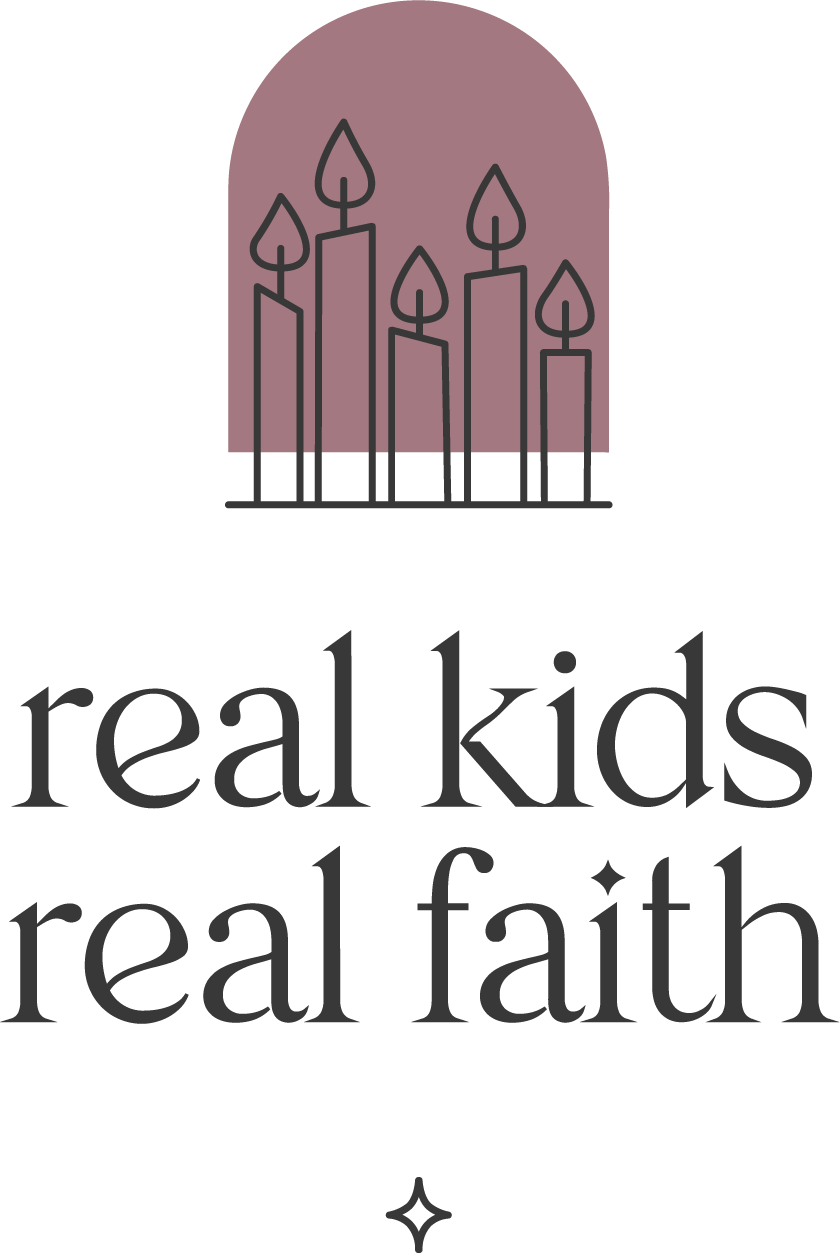One of my favorite preschool parenting moments was watching my children chase fireflies around our backyard on a summer evening. Sometimes they would try catching them in an old peanut butter jar with air holes poked in the lid. They were fascinated by how the insects flashed in the evening gloom like magical beings. It was as if stars had fallen from the night sky to dance around them.
Spirituality is all about making connections. Many religious forms of spirituality have emphasized a connection to something that transcends human reality. Nature enthusiasts have pointed to a human need for connection with the natural world. Those who organize movements for social justice underscore our connections with others. And both philosophers and psychologists talk about the importance of self-awareness (connection to the self). From a contemporary spirituality perspective, all of these connections matter.
Connecting with self. Developing a strong self that is grounded in a sense of purpose and vocation is a process that begins in infancy. Very young children take delight in discovering their bodies and learning to use them to navigate through their world. Toddlers and preschoolers begin to claim their feelings and thoughts with words. Elementary children explore various interests to discover which activities appeal to their unique personalities.
To help children of all ages connect with self,
- model using words to describe a variety of feelings,
- show appreciation for your and their bodies,
- encourage their development of personal interests, and
- provide time and space for reminiscing and self-reflection (see Related Resources).
Connecting with others. Relationships are a key part of children’s spiritual lives. They help children build trust, introduce them to diverse perspectives, and provide feedback on how they are perceived in the world.
To help children connect with others,
- talk about how differences are good,
- encourage them to invite others to tell personal stories (see Related Resources),
- teach them to show compassion for others and expect it in return, and
- remind them that relationships can have different levels of intensity.
Connecting with nature. The natural world can literally keep children grounded. Experiencing the grandeur of natural structures, the power of plants to harm or heal, and the interrelationship of species can help children discover how they fit into a larger system of life.
To help children connect with nature,
- look for glimpses of the natural world even in urban settings,
- explore the effects of climate change on your water supply and weather,
- encourage their curiosity about bugs, plants, animals, rocks, etc., and
- incorporate Earth Day activities (see Related Resources) into your child’s everyday practices.
Connecting with transcendence. For families who are part of a religious tradition, this form of connection may include a relationship with a specific deity and/or a vision of a transcendent reality. It’s an experience of moving beyond ourselves into a space of mystery that holds meanings and possibilities that we can’t rationally explain.
To help children connect with transcendence,
- encourage a sense of awe and wonder,
- invite them to explore ideas like death and ‘the great beyond’ (see Related Resources), and
- share rituals from your family’s religious tradition (if applicable).

Comments